Only Bold Leadership Can Save It
Only Bold Leadership Can Save It
By Mehmet Enes Beşer
ASEAN has, now for over two decades, been a balm of East Asian diplomacy—a convenor of regional gatherings, a guarantor of neutrality, and a symbol of collective muscle for small and medium powers. Its “centrality” dogma has come to pass from rhetoric; it has been an integral part of the structural attribute of Asia’s institutional landscape which has placed ASEAN in the middle of such gatherings as the East Asia Summit (EAS), ASEAN Regional Forum (ARF), and ASEAN+3 processes.
Yet with sharpening geopolitical competitions and increasing institutional innovation moving beyond ASEAN-led platforms, ASEAN centrality increasingly stands in danger of being undermined. The worldwide pressure for minilateral arrangements—the Quad, AUKUS, the trilateral concept among the United States, Japan, and the Philippines—is understood to signal demanding security-oriented, high-trust, results-delivered collaboration a challenge to meet from an ASEAN structured as is. Unless the organization reclaims its strategic momentum and displays more courageous leadership at the top, it could end up as a bystander to the very regional order that it fashioned.
At the heart of the problem lies a leadership gap. ASEAN decision-making is handicapped by consensus—a doctrine that was instituted to ensure harmony and cater to diversity among its ten members. But the same paradigm has now turned into an albatross in a more polarized world. It has enabled obstructionism, undermined collective pronouncements, and hindered attempts to address imperative challenges, from the crisis in Myanmar to maritime security. In the absence of a more forceful driving hand—either through rotating chairmen who can speak with authority or a politically supported secretariat—the ASEAN continues to be reactive rather than proactive.
The leadership gap has been most effectively illustrated by ASEAN’s failure to respond significantly to the coup in Myanmar. Although the organization rightfully came to consensus on the Five-Point Consensus in 2021, it has not implemented nor even meaningfully lobbied for it. Subsequent chairs have issued rhetorical condemnations but little more by way of collective action. The ensuing immobility has lost ASEAN credibility not just with its own citizens but also with external partners who view the organization as reluctant or unable to exercise minimal political standards.
Moreover, ASEAN has yet to consolidate a collective stance on the growing list of Indo-Pacific strategies being proposed by great powers. The 2019 ASEAN Outlook for the Indo-Pacific (AOIP) was a commendable effort in putting in a normative claim in the regional agenda. Nonetheless, it was not subsequently followed by action-oriented policies or cooperative arrangements. The Quad and AUKUS, on the other hand, have moved fast—setting up working groups on next-generation technologies, maritime domain awareness, and infrastructure development. These segmentations, though limited, allow for agility and simplicity—two qualities ASEAN is unable to offer on its unanimity model.
This irrelevance is not long-term. ASEAN remains a regional convenor of great diplomatic experience and caliber. But it must transition from centrality of procedure to centrality of strategy. That requires more than summits and communiqués. It requires setting agendas at the regional level, making space for meaningful dialogue among enemies, and driving initiatives in the interests of its members.
One is to start with issue-based leadership. Not every ASEAN member must lead on every issue. Coalitions of the willing in ASEAN can lead instead on specific areas—climate diplomacy, cybersecurity, transnational crime, or digital economy integration. Indonesia and Singapore have already shown leadership on fintech regulation and digital connectivity, for instance. Vietnam has established itself as a credible voice on maritime security. Drawing on these strengths can create momentum without needing full consensus.
ASEAN also has to re-envision how it engages with external partners. Rather than viewing minilateralism as a threat, ASEAN can serve as a bridge between competing visions. This means inviting the Quad and other groupings to institutionalized discourse, coordinating convergent agendas where there are intersecting interests, and broadening its confidence-building forums to more. With a nimbler diplomacy, ASEAN can remain relevant even in a divided regional order.
Institutionally, the ASEAN Secretariat has to be rearranged. It has to be empowered with a greater mandate, additional resources, and the initiative and monitoring responsibility of implementation. The current paradigm—wherein the Secretariat is only an accommodating facilitator and note-taker—is unsuitable for a policy entrepreneur’s role. Bestowing the powers to the Secretariat to introduce policy options, call for multi-sectoral interventions, and monitor progress would establish greater coherence and implementation.
Lastly, ASEAN must resolve the problem of political values. While the group has avoided prescriptive norms so far, a lack of even minimal democratic norms undermines its moral authority. The Myanmar crisis made this clear. ASEAN must consider the prospect of a charter-based peer review and compliance regime, similar to the African Union’s governance structure. Without some political accountability, ASEAN’s pride in being a source of stability will be an illusion.
Conclusion
ASEAN centrality in East Asia cannot be taken for granted on the grounds of tradition. It needs to be earned repeatedly—on the basis of leadership, unity of purpose, and the will to change. In a mad world of crazy change, polarity, and increased risks, ASEAN needs to offer not just a neutral space, but a strategic space—a space where compromise is built, cooperation is entrenched, and regionalism is made meaningful.
This transformation will not be brought about by outside pressure alone. It will have to be propelled from within—by leaders who will see beyond national silos and act in the regional interest. If ASEAN can seize this spirit, it can remain at the vanguard of forging an open, inclusive, and resilient East Asian order. Otherwise, centrality will quietly disintegrate into irrelevance—another casualty of risk-averse diplomacy at a moment requiring bold choices.



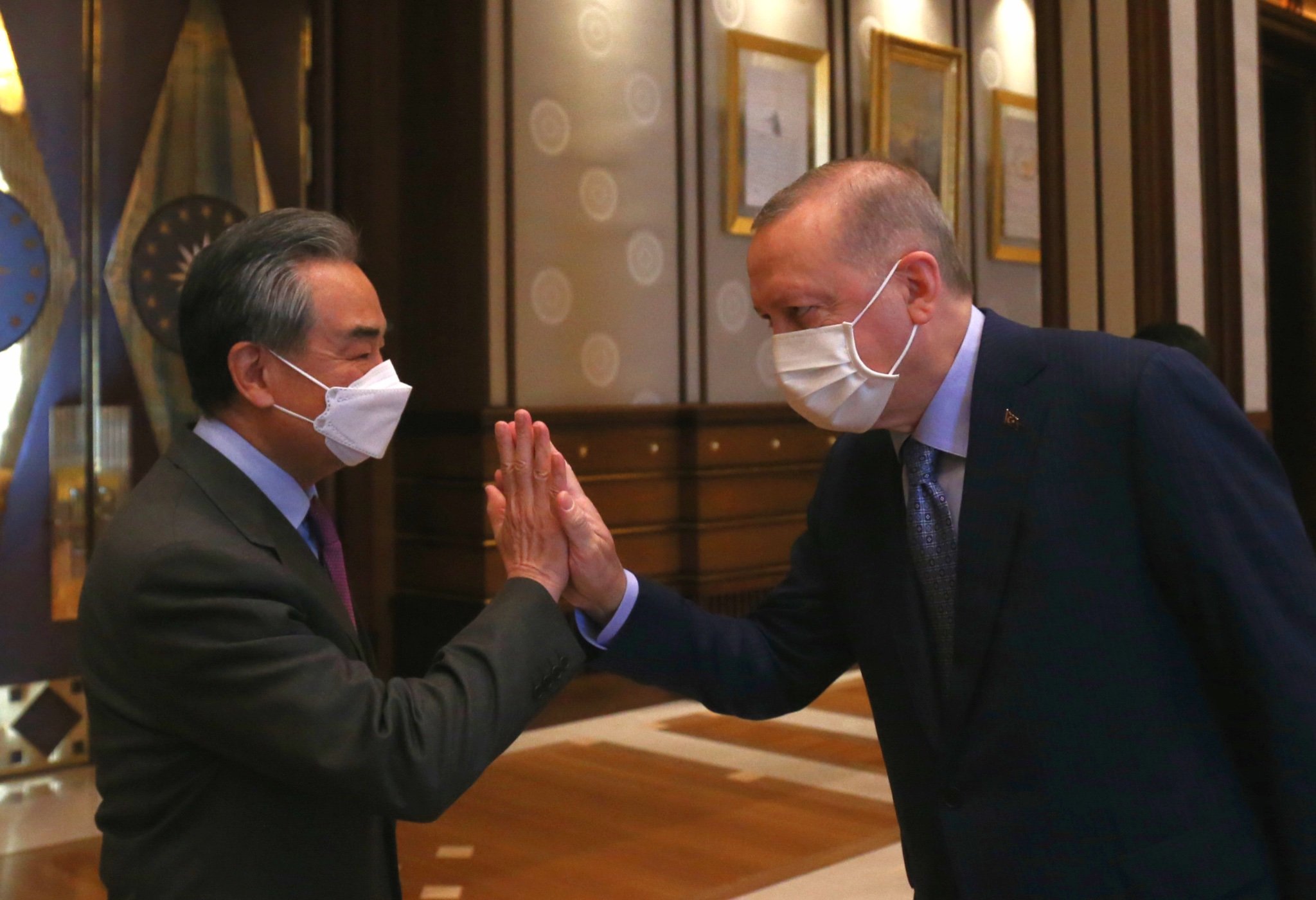



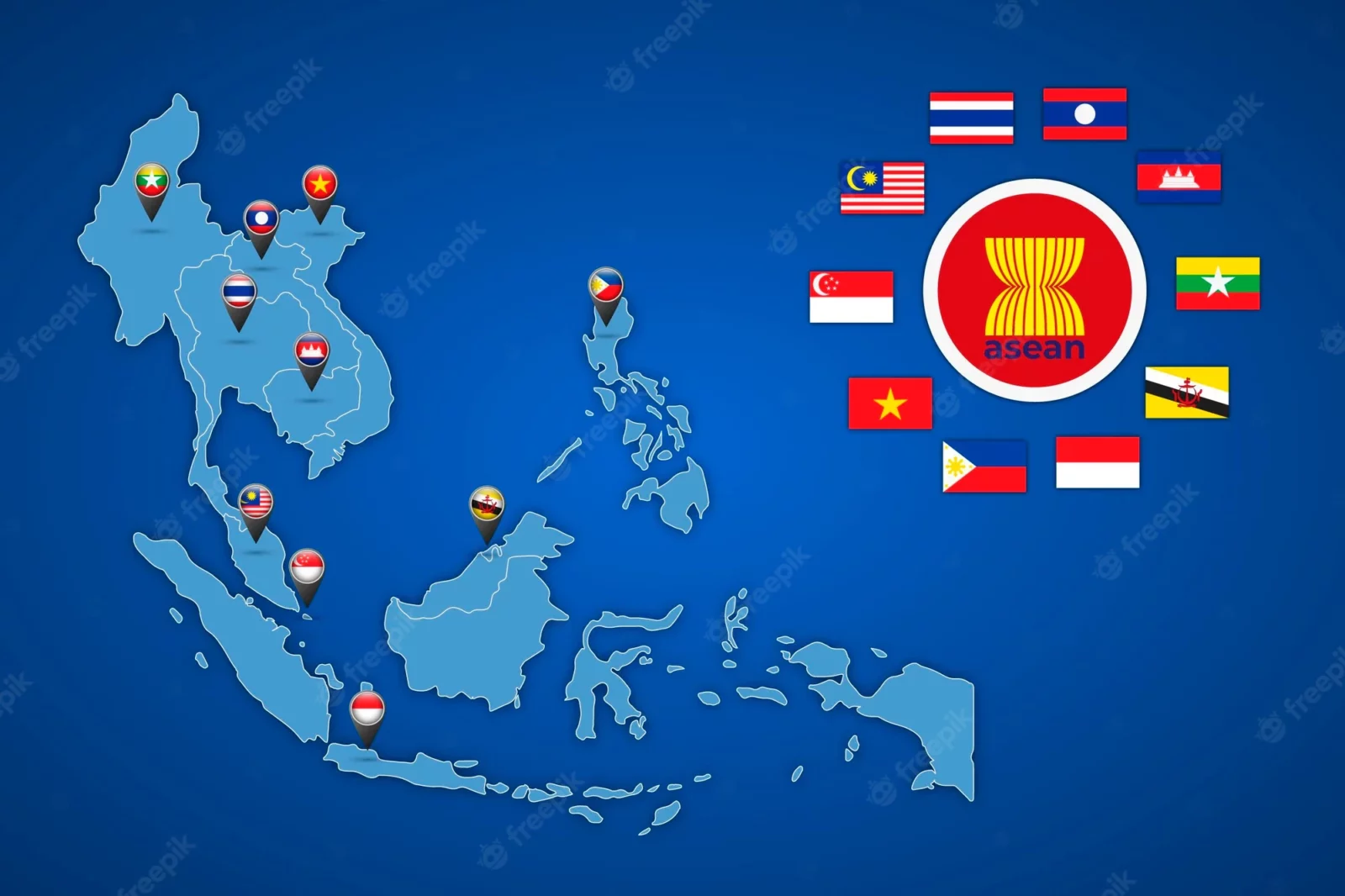
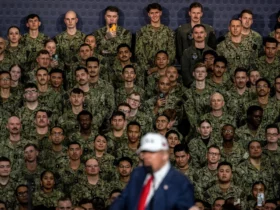





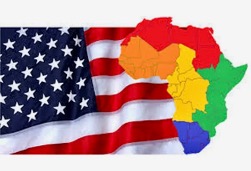
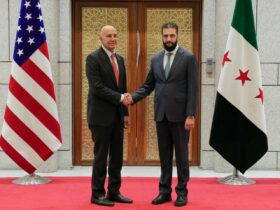
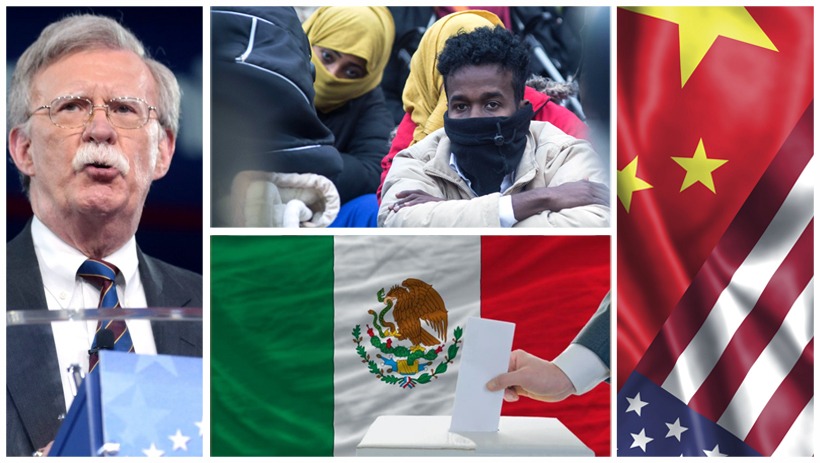
Leave a Reply